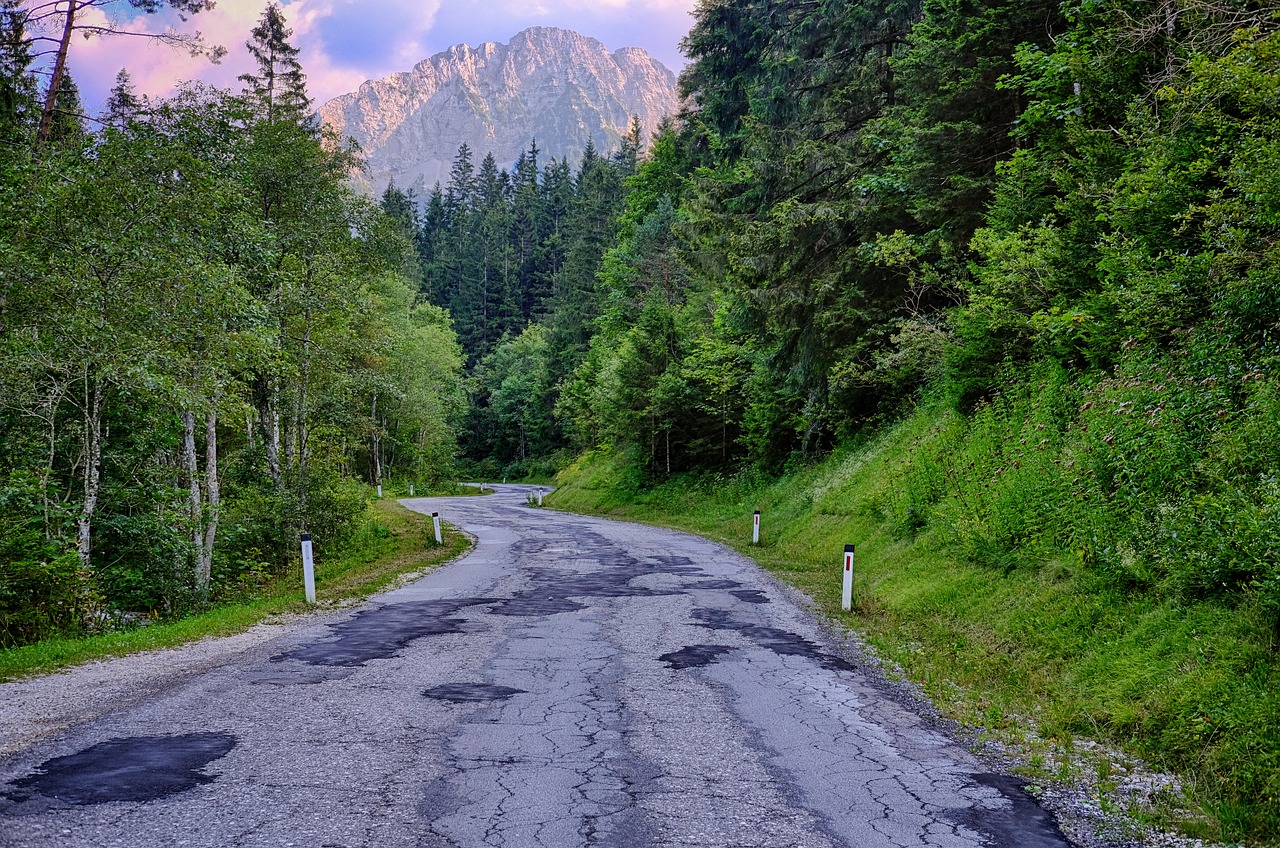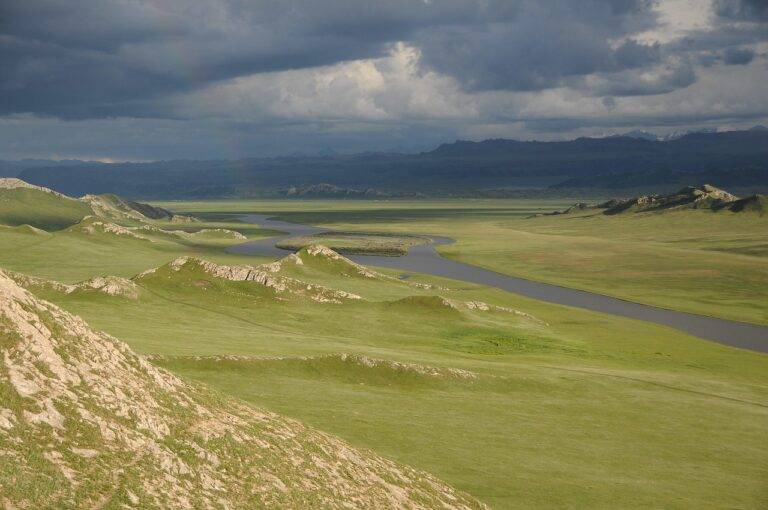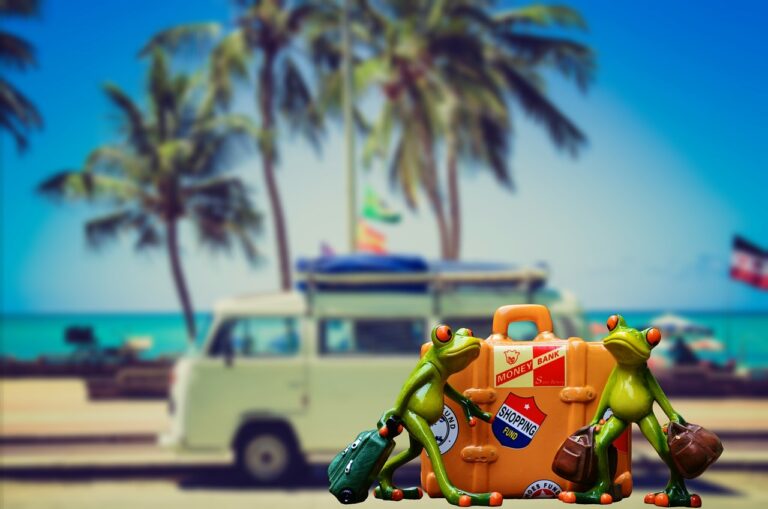The Psychology of Travel: Understanding the Motivations Behind Wanderlust
Wanderlust is often fueled by a deep-seated curiosity to explore the unknown and a desire for new experiences. The allure of discovering different cultures, landscapes, and ways of life can spark a sense of adventure in individuals, driving them to seek out travel opportunities. Additionally, the influence of social media and travel blogs showcasing picturesque destinations and exciting adventures can further ignite the wanderlust within people, inspiring them to embark on their own journeys.
Moreover, personal growth and self-discovery play a significant role in fueling wanderlust. Traveling allows individuals to step out of their comfort zones, challenge themselves, and gain a broader perspective of the world. The opportunity to learn about one’s strengths and limitations while navigating unfamiliar environments can be both empowering and transformative. This urge for personal development through travel often acts as a powerful motivator for individuals seeking to satisfy their wanderlust.
Intrinsic Motivations for Travel
People are often driven to travel by their intrinsic motivations, which are the internal factors that spur them to explore new destinations. One common intrinsic motivation for travel is the desire for personal growth and self-discovery. Traveling allows individuals to step outside of their comfort zones, challenge themselves, and learn more about who they are as individuals. By experiencing new cultures, trying different foods, and engaging in unfamiliar activities, travelers have the opportunity to gain a deeper understanding of themselves and their place in the world.
Another key intrinsic motivation for travel is the pursuit of new experiences and knowledge. Many people are curious by nature and seek to satisfy their desire for learning by visiting new places and immersing themselves in diverse environments. Whether it’s exploring historical sites, learning a new language, or participating in local traditions, travelers are constantly expanding their horizons and enriching their lives through the acquisition of new experiences and knowledge.
What are some factors that influence wanderlust?
Factors such as curiosity, desire for new experiences, the need for relaxation, and the pursuit of personal growth can all influence wanderlust.
What are intrinsic motivations for travel?
Intrinsic motivations for travel include the desire for self-discovery, the opportunity for personal reflection, cultural immersion, and the chance to break out of routine.
How can intrinsic motivations impact travel experiences?
Intrinsic motivations can lead to more meaningful and fulfilling travel experiences, as they are driven by personal desires and goals rather than external pressures or rewards.
Are intrinsic motivations more important than extrinsic motivations for travel?
While both intrinsic and extrinsic motivations play a role in travel decisions, many argue that intrinsic motivations are more likely to lead to authentic and transformative travel experiences.





